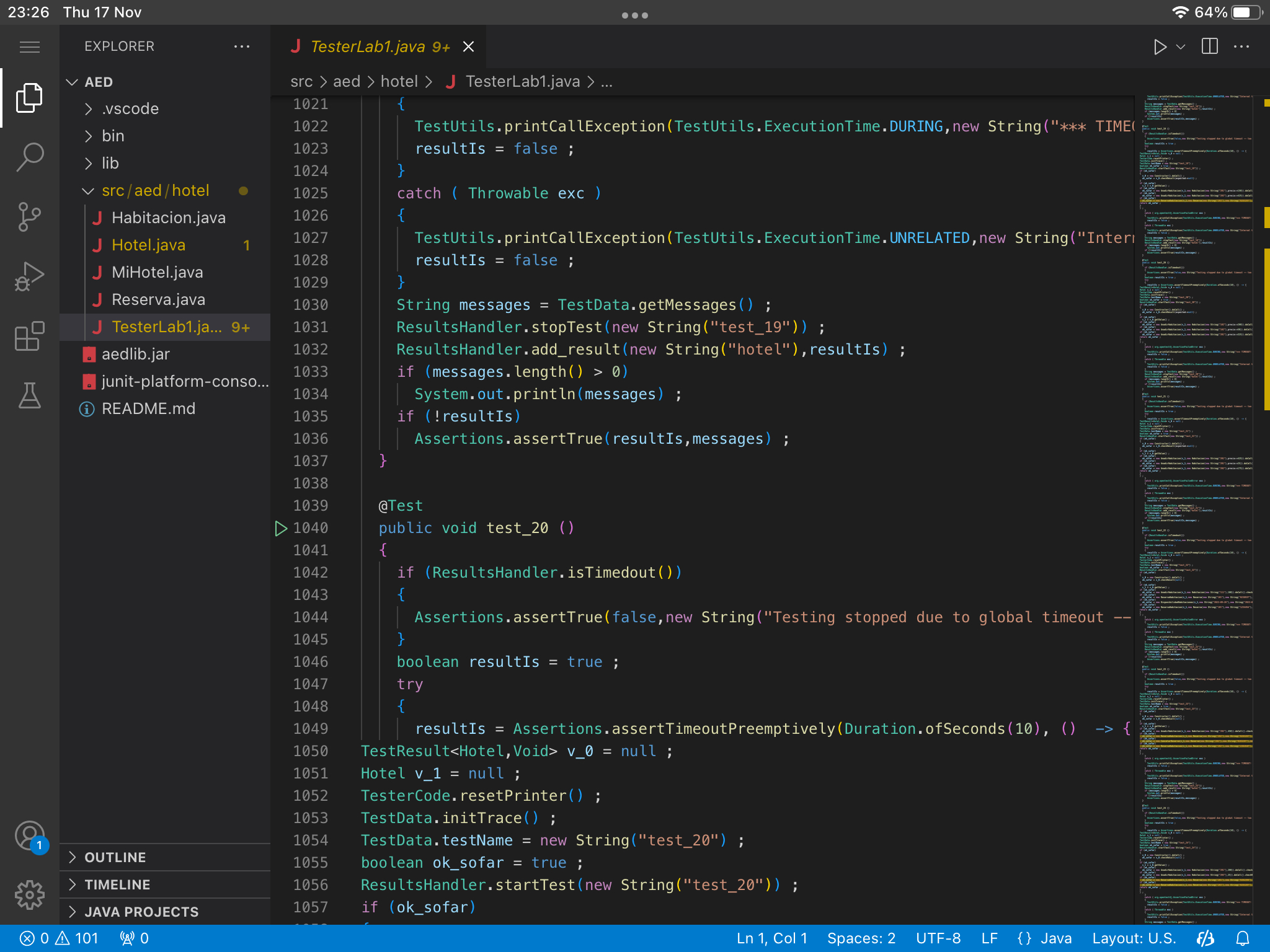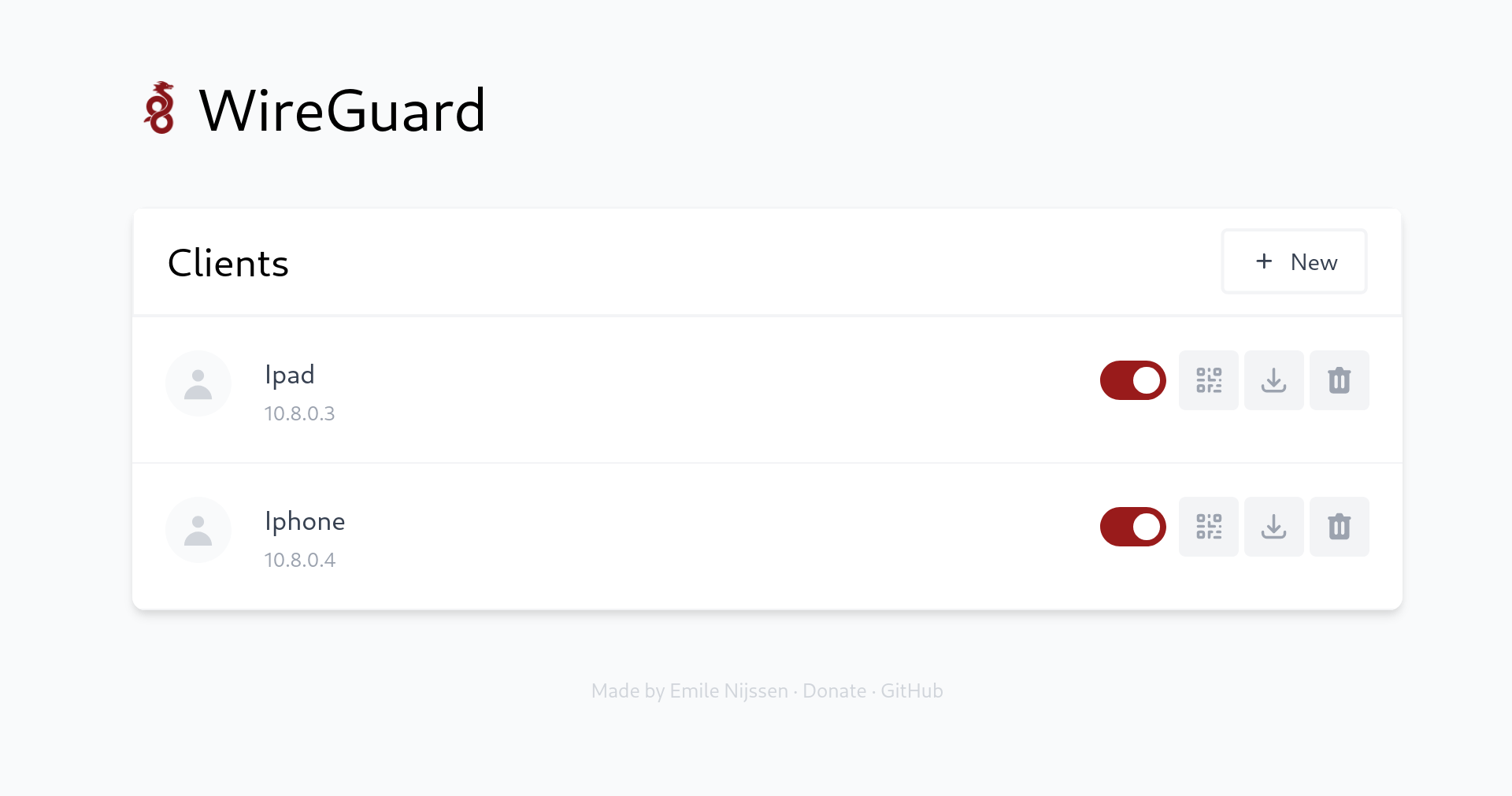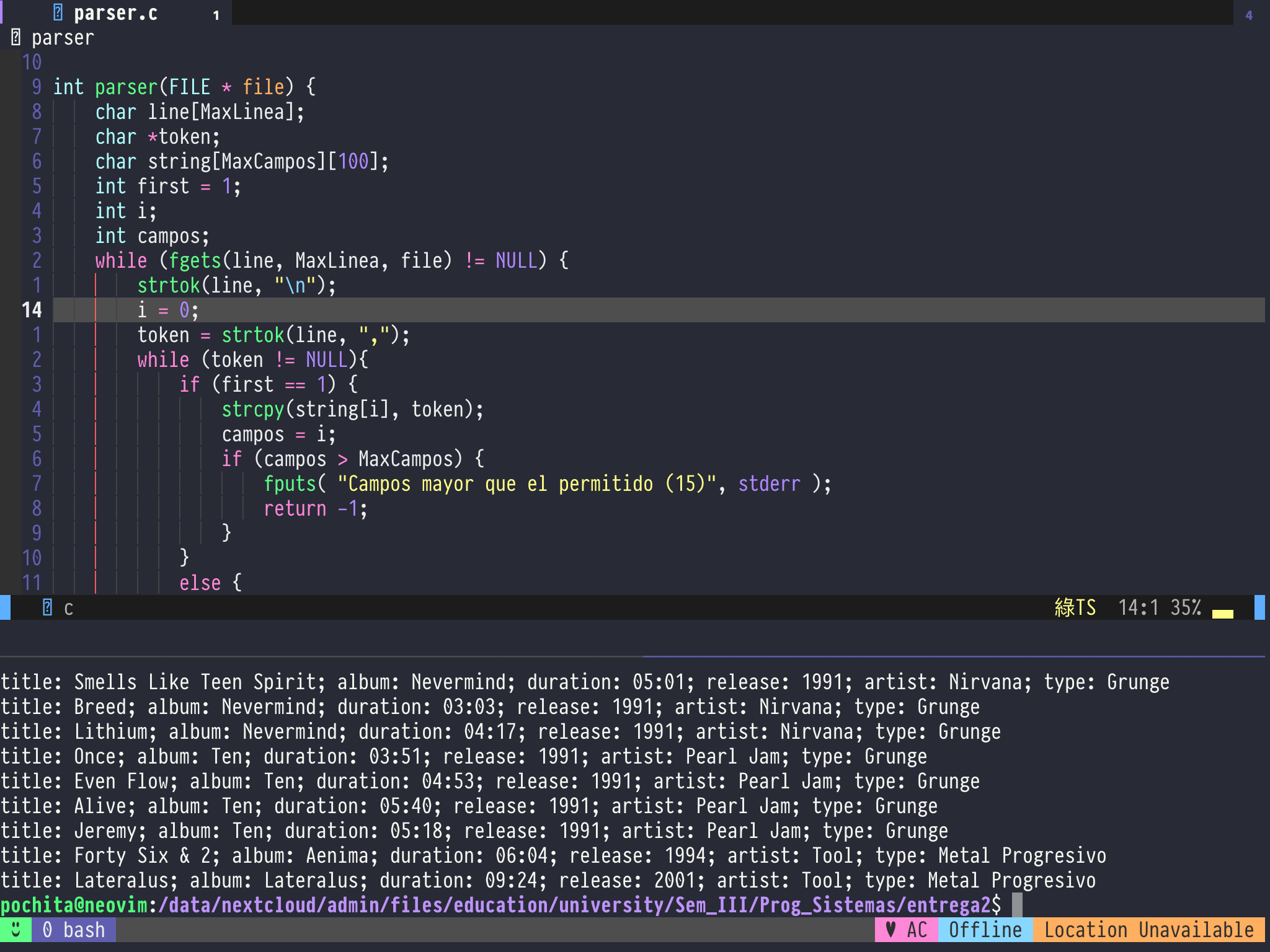Why would you do that, you might ask. Basically, for the last year, I used a MacBookPro for my studies, but its keyboard and trackpad stopped working constantly. Although it seems to be a pretty common problem for the laptop I had, I couldn’t fix it with the usual trick of changing the ribbon cable. So I decided to try using the 2017 iPad I already used to take my math and physics notes for everything I did on the laptop. Although there were some struggles on the trip, I am satisfied with my current setup, so I decided to write this post to share my experience.
Hardware
The most important thing I needed to replace a laptop with an iPad was, of course, a keyboard. I had a hard time deciding which keyboard to use, I didn’t know if I should go for a keyboard case or an external keyboard. There were many options, but I finally decided on the Logitech K380, mainly because it was cheap (30€), has a good battery life and came with the layout I wanted.
I decided not to buy a keyboard case after I had a chance to try one out and found that I didn’t like how small the keys were. However, this meant I had to get an iPad case, my main requirements were that it had to have multiple standing positions. There were many options, but I settled on this one (https://www.amazon.es/gp/product/B0979KG3QF).
And last but not least, a server. I tried to program locally on the iPad, but it was really poor in terms of performance and file management. Luckily, I already had a Proxmox server at home, so I simply created another LXC container and installed Debian on it.
Code-server
I normally use VSCodium for my university Java projects, as I already had an instance of code-server hosted on my server, which is basically VS Code in the browser, the transition was not difficult. It’s fairly simple to set up with docker and works well. This is the docker-compose file I use that has the additional tags for Traefik:
version: "2.1"
services:
code-server:
image: lscr.io/linuxserver/code-server:latest
container_name: code-server
environment:
- PUID=1000
- PGID=1000
- TZ=Europe/Madrid
- HASHED_PASSWORD=${PASS}
- SUDO_PASSWORD_HASH=${SUDO}
- PROXY_DOMAIN=${URL}
- DEFAULT_WORKSPACE=/config/workspace #optional
volumes:
- ./config:/config
- ./scripts:/custom-cont-init.d:ro
restart: unless-stopped
networks:
- proxy
labels:
- "traefik.enable=true"
- "traefik.http.routers.code-server.entrypoints=https"
- "traefik.http.routers.code-server.rule=Host(`coder.domain.com`)"
- "traefik.http.routers.code-server.tls=true"
- "traefik.http.services.code-server.loadbalancer.server.port=8443"
networks:
proxy:
external: true
As I use VSCodium for my Java projects, I needed to install java in the container, for LinuxServer images, you can create a script, and it will run when the container starts. I created a script at ./scripts/java17 with the following content:
#!/bin/bash
sudo apt-get update
apt install -y openjdk-17-jdk openjdk-17-jre
It works quite well as a PWA which is what the developers recommends. However, code-server seems to have a issue with iOS floating shortcut bar which forced me to disable it. But anyway, this is an image of what code-server looks like.

Neovim
For the rest of my programming needs, I use neovim, I tested many applications including iVim and iSH, however none of them satisfied me and I finally settled for SSHing to my server.
Blink
My ssh tool of choice is Blink, which I got a student license by asking them by email. It supports mosh, an alternative to ssh that was built for better stability, especially in mobile use cases. Basically, it stays connected to the server even if the connection is lost, or after putting the iPad to sleep.
Another great feature of Blink is that it has local storage stored in the Files app, letting you to copy files to your iPad with scp or upload them from your iPad. Other than that, it has configurable themes, fonts and customizable keybindings to the level of being able to have different actions for the same key when pressed or if held.
WG-EASY and DuckDNS
For remote access to my server, I am using Wireguard, which is an easy-to-configure VPN protocol with good performance. It allows you to remotely access machines on your network as if you were at home.
I am managing Wireguard with wg-easy, it is easy to install with docker and gives you a web GUI to manage your clients, it also has a nice feature that allows you to generate QR codes for your clients, which is useful for mobile devices.

This is my docker-compose file:
version: "3.8"
services:
wg-easy:
environment:
- WG_HOST=domain.duckdns.org
- WG_PORT=4500
image: weejewel/wg-easy
container_name: wg-easy
volumes:
- ./config:/etc/wireguard
ports:
- "4500:51820/udp"
- "51821:51821/tcp"
restart: unless-stopped
cap_add:
- NET_ADMIN
- SYS_MODULE
sysctls:
- net.ipv4.ip_forward=1
- net.ipv4.conf.all.src_valid_mark=1
If you are using Proxmox’s LXC, you will need to edit /etc/pve/lxc/<id>.conf and add the following line for Wireguard to work:
lxc.cap.drop:
Since I have a dynamic IP, I needed a dynamic DNS for the WG_HOST variable, I went with duckdns because it is free, easy to configure and reliable. The domain name provided by duckdns will have to point to your current home IP, so you will need to have something to update it, I am using the following docker container:
version: "2.1"
services:
duckdns:
image: lscr.io/linuxserver/duckdns:latest
container_name: duckdns
environment:
- PUID=1000
- PGID=1000
- TZ=Europe/Madrid
- SUBDOMAINS=${SUBDOMAIN}
- TOKEN=${TOKEN}
- LOG_FILE=true
volumes:
- ./config:/config
restart: unless-stopped
After this configuration, I was able to access my server with 4G outside my home network. However, when I tried to access from my university network, I found that Wireguard was blocked, after searching for solutions for a while, I found out about the eduroam rules, which basically prohibits blocking UDP ports 4500, 1194 and 500. Since my university uses eduroam, I tried changing my wg-easy container port to 4500 and it worked.
Neovim on debian
As I have Neovim configured with Lua, I needed at least version 0.5. but in the Debian repositories they had a very old version of it (0.4.4-1). Therefore, I needed to install it in a different way, as I dislike to install things from source, I decided to use the AppImage version. You can download the 0.8 version by running:
wget https://github.com/neovim/neovim/releases/download/v0.8.0/nvim.appimage
After downloading it, you will need to make it executable:
chmod u+x nvim.appimage
And finally, you can run it with:
./nvim.appimage
However, I ran into some bugs related to FUSE, good thing that Neovim’s Github page provided a solution by extracting the appimage, which can be done with:
./nvim.appimage --appimage-extract
This created an executable in ./squashfs-root/usr/bin/nvim, as I wanted to start Neovim with just nvim, I created a symbolic link to it at /home/user/bin/nvim so I could use it from anywhere, this is the command I used for reference:
ln -s /home/user/appimages/squashfs-root/usr/bin/nvim /home/user/bin/nvim
Of course, you will need to have that folder in your $PATH, if you haven’t already done so, you can add the following line to your .bashrc:
export PATH="/home/user/bin:$PATH"
Tmux
As a final touch, as a window manager user, I wanted to have something similar on my setup, basically a way to have multiple panels in a single window. I decided to try tmux, which seemed to be the most popular solution. You can install it by running:
sudo apt install tmux
To enable mouse/finger support, add the following line to your .tmux.conf:
set -g mouse on
Also, Tmux is at its core a terminal multiplexer, giving you control over multiple persistence sessions. This means that you can have multiple sessions, each with its own set of windows and panels that will be saved even when you close Blink. You can add the following line to your Command section in your Host configuration in Blink to start Tmux automatically when you connect to your server:
tmux new -A -s session
I had a problem with Tmux not respecting the background color of my Neovim configuration, and all the solutions I found on internet didn’t work for me. As I use the Dracula colorscheme for Neovim, my workaround was to install Dracula in Tmux itself and set the background color in Neovim to none, which is the default color. As I use AstroVim, I did this by adding the following code to my user/init.lua:
local config = {
highlights = {
dracula = {
Normal = { bg = none },
}
}
}
After this, I just needed to clone my dotfiles and install the plugins with :PackerSync and I was ready to go. Here is a screenshot of my neovim setup with tmux. Note that I have zoomed in a bit to make the image font readable on the blog, but this is what I usually see on my iPad:

Final thoughts
I have been using this setup for a month now, and it has worked quite well for me, Neovim has worked smoothly, and I have learned about Tmux which I will probably use more in the future.
However, there have been tradeoffs, for example, sometimes I find myself wishing for more screen space for multitasking. Another big problem I’m trying to solve is having a shared clipboard between iOS and my server. Another “problem” with programming on iPad is that, as I’ve said, you’ll need a server or cloud instance to do most of your work, as there’s not much you can do locally due to the lack of good native editors.
Overall, while it’s not perfect, I’m happy with the setup, as I think it has done a good job of replacing my laptop for most of my college work. I think it’s a perfect mobile device for coding on the go, but it really can’t replace a primary development machine.
I hope you found this guide helpful and if you have any questions or comments, feel free to drop me an email or send me a message with Matrix at @fuzzygrim:matrix.org.